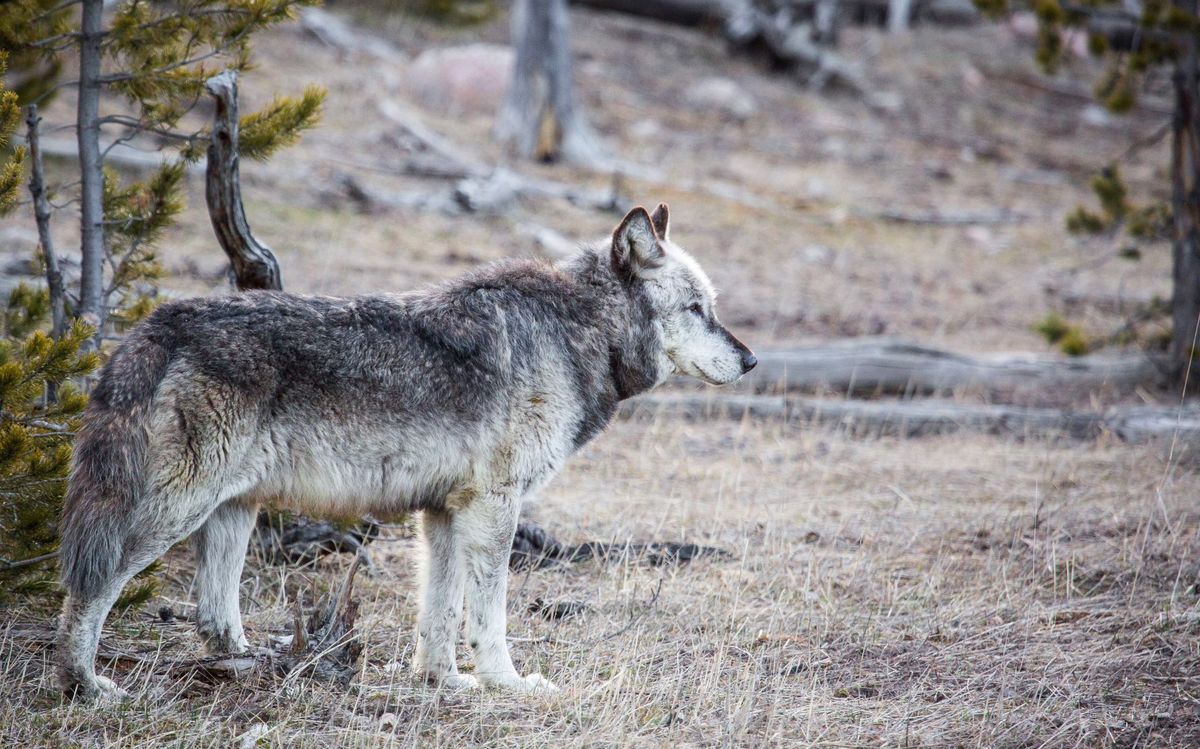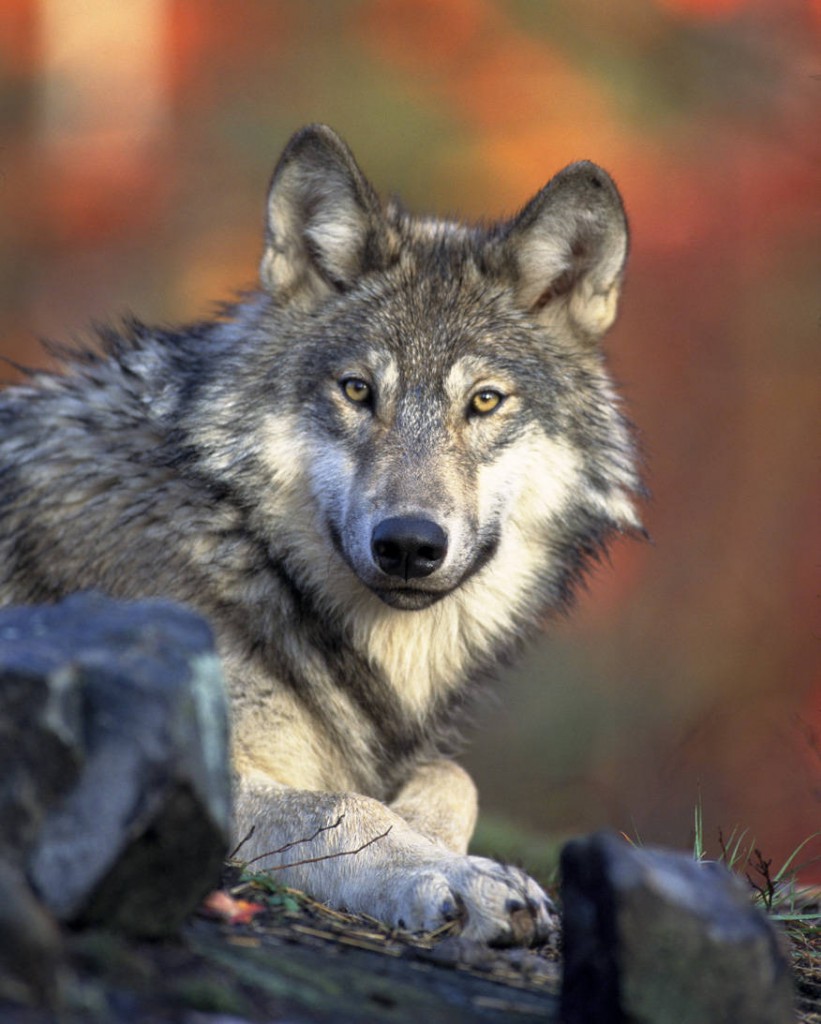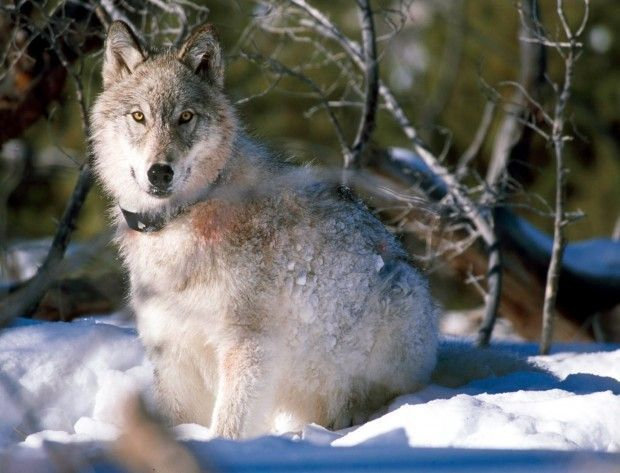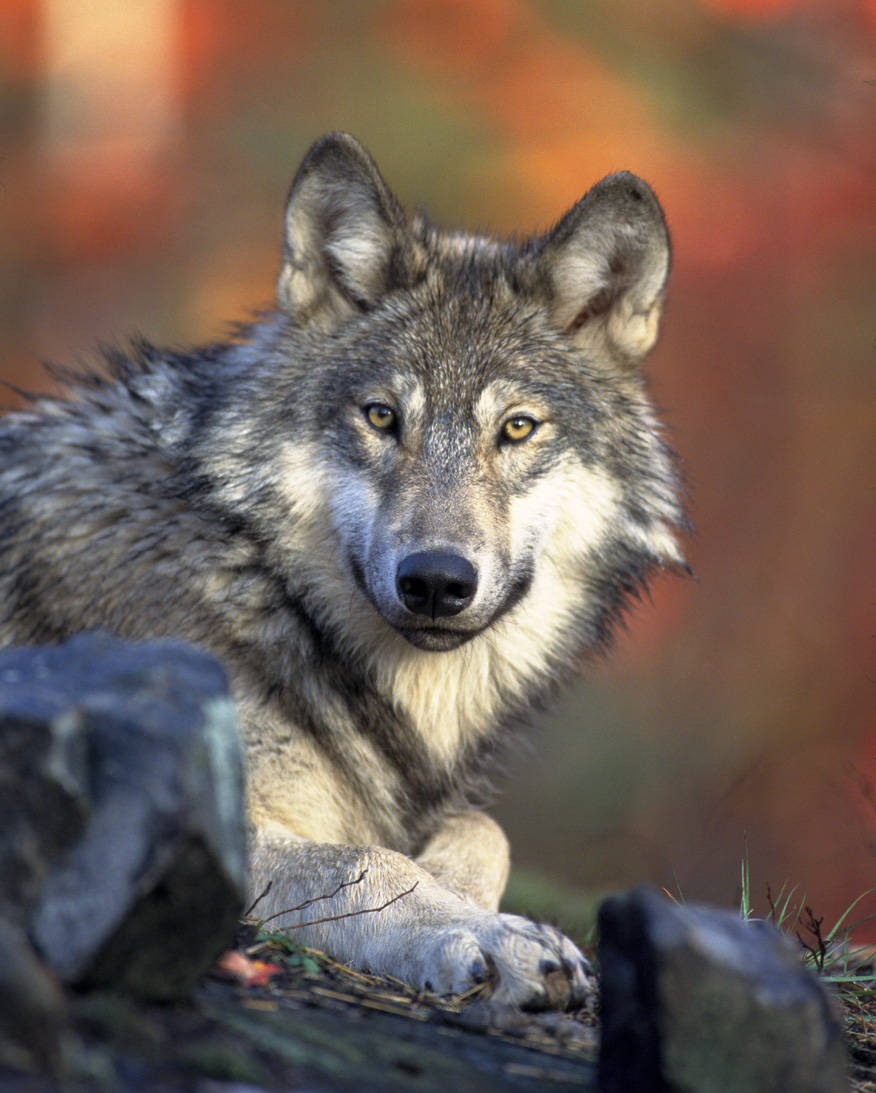
Montana plans to change the way they count wolves. The Missoulian has the story. We’ve also included a link to the official Montana FWP press release discussing the subject . . .
Montana wildlife officials say the way they count wolves is too expensive and falls far short of an actual population estimate, so they plan to switch to a model that uses information gathered from hunters.
However, wildlife advocates say wolf numbers are declining and the switch could threaten the species’ survival. They worry the data is too unreliable to be used to manage the population.
The change, expected within the next three years after improvements to the model, will be cheaper than the annual wolf counts conducted now and provide a more accurate estimate of the total population, Montana Fish, Wildlife and Parks officials said.
Also read: Montana’s wolf population still strong, report shows (official Montana Fish, Wildlife and Parks press release)


